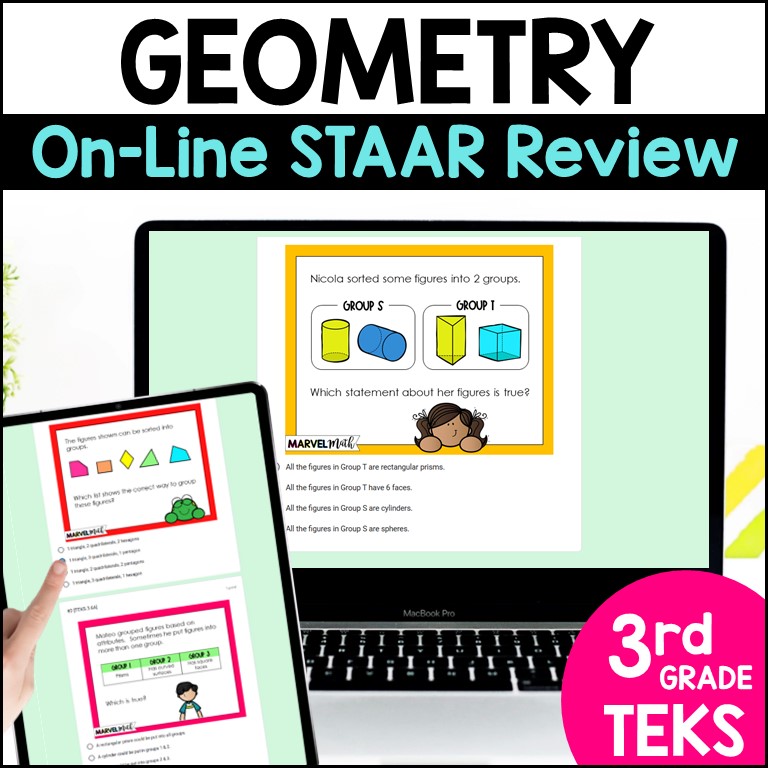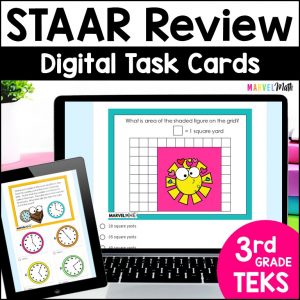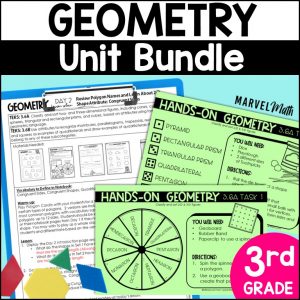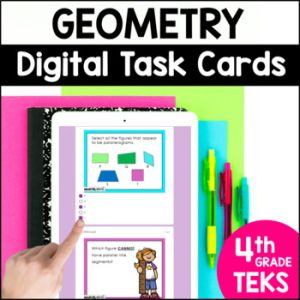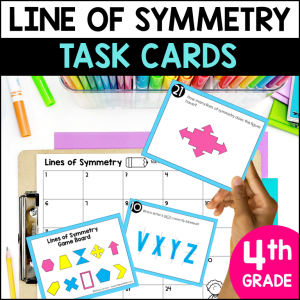Description
This resource includes 24 TEKS-aligned Digital Task Cards for Geometry that can be assigned for Distance Learning via Google Classroom. These task cards are in a Google Form, which means they are automatically graded when students click submit!
I have designed these task cards to give more weight to the Readiness Standards which comprise nearly 2/3 of the STAAR test. The questions are rigorous and have bright graphics to keep students engaged. All questions are multiple choice.
Please note that the questions are not editable, but most of the answer choices are editable. You can also make a copy of the Google Form and delete questions to differentiate. There are 24 questions included, so you also have the ability to create multiple reviews from this resource, splitting up the questions to use in a variety of ways. You must have a Google e-mail to use Google Forms.
This set includes Task Cards to help students practice all of the Geometry TEKS.
Click HERE to see the printable version of this resource.
What’s Included?
- PDF with a Link to make a copy of the Google Form in your Google Drive
- Directions on how to assign the Google Form to your students in Google Classroom
- Printable Teacher Tracking sheet to record names of students who are struggling with each of the TEKS (based on the problem numbers they missed)
Topics include:
- Classify 2-D Figures
- Classify 3-D Shapes
- Identify special types of quadrilaterals
- Decompose figures into parts with equal areas
TEKS alignment:
Readiness Standard
3.6A (12 questions) Classify and sort two- and three-dimensional figures, including cones, cylinders, spheres, triangular and rectangular prisms, and cubes based on attributes using formal geometric language.
Supporting Standards
3.6B (6 questions) Use attributes to recognize rhombuses, parallelograms, trapezoids, rectangles, and squares as examples of quadrilaterals and draw examples of quadrilaterals that do not belong to any of these subcategories.
3.6E (6 questions) Decompose two congruent two-dimensional figures into parts with equal areas and express the area of each part as a unit fraction of the whole and recognize that equal shares of identical wholes need not have the same shape.

